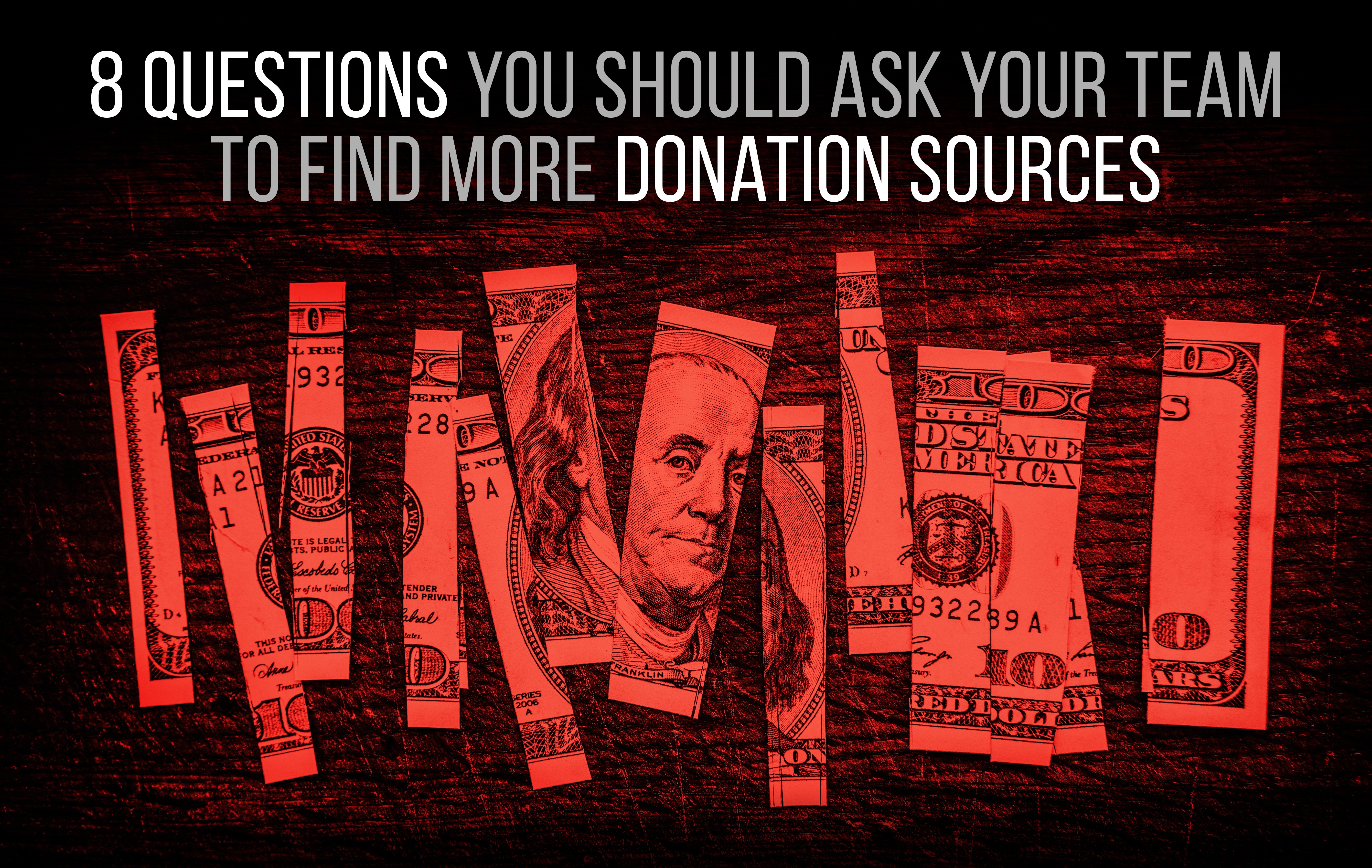What if I told you that we discovered the no-fail formula for writing fundraising emails and social media posts that actually work? You wouldn’t believe me, and that’s a very wise choice. Unfortunately, the world of social media and digital fundraising is like a complex puzzle that requires tons of research, work, and constant adjustments. 
There are a number of factors that come into play, including the tone of each message, transparency, charisma, great graphics, and an even better campaign mission. This week we’re going to talk about the reasons why donors often hesitate to give, and how you can publish posts and emails that diminish this dissonance.
Tell Your Donors How You Want to Use Their Donations, Not Just Why.
If someone is interested in supporting your campaign, they already know what you stand for to some degree, but do they know how you plan to accomplish your goals? Layout your vision and strategy clearly with every message you publish.
Ask yourself why these donors may be hesitant to support your cause. What are their concerns and objections, and how can you assure them these issues will never surface in your campaign or after you’ve been elected?
This year we will have several presidential hopefuls, but only one will make it to the end of the race. The winner will be the one who convinced his or her supporters that he or she was a responsible, trustworthy candidate with an actionable and accomplishable plan.
Still afraid your supporters will think you’re full of hot air? Prove your worthiness.
Make sure existing and potential supporters can see where your funds have already been allocated, so they feel confident you’ll put their money to good use in the future.
TOMS shoes does a giving report every year that highlights how the profits they received were spent, in what regions, and on what items/services. You can apply this philosophy to your campaign by showing donors what you have been able to do and accomplish so far, or how their funds have helped you grow your campaign and win the support of others.
The community you’re trying to help is watching your every move. If inauthenticity slips in, you will lose donations quickly, and they will be extremely hard to win back.
Show your constituents that you aren’t hiding behind a computer screen hoarding donations! Perhaps they’ve read your fundraising report. Now, help them see you in action, even if they are not physically present.
By now, you know creating personas that represent your average supporters is crucial to effective communication. Keep these personas at the forefront of your mind as you type your emails, web copy, and social media posts.
Ask yourself, if I were “Donor Dave,” what would be the most important to me?
Will messages of triumph appeal to Dave? What about urgency or something that pulls at the heartstrings?
Once you’ve determined how your supporters prefer to be spoken to and regarding what subjects, make sure your messages are carefully formulated to fit that mold every time. A consistent voice is essential to building trust among constituents and keeping it long after their first donation.
Asking your donors for their input about your campaign, and what matters most in to them, is a great way to build relationships with your donors. If they feel like you’re listening to them as an individual, they are much more likely to send donations your way.
Engage your donors on social media by asking questions, answering and acknowledging their responses, and then providing an easy-to-use donation option.
Make It Easy to Give.
An easy-to-use donation link should not only be present in social media posts, but everywhere your content can be seen. Add links to emails, all over your website, and take advantage of additional tools, like donation apps on Facebook and crowd funding websites.
If you’re pulling in donors from Facebook and Twitter, they may be from all walks of financial life, so nix the donation amount options. Provide one value, such as $20, and then a space where they can type in their own donation amount. When donors who are unable to give freely see high-dollar options on donation pages they may feel inadequate.
Ask for the dollar amount you really want where and when it’s appropriate by using good targeting methods and understanding each donation platform.
A great politician knows that every donation helps and is grateful for every single one! Make sure your donors feel appreciated for every penny they give by sending thank you emails, invitations to donor appreciation events, or any other way you see fit.
As disappointing as it is that there is no magic formula or trick to bringing in floods of donations, there is value in the work it requires to gain and keep the ones that you do. Last week we encouraged you to build relationships rather than email lists, and that holds true this week, as well.
Your campaign should showcase your candidate for the respectable, genuine person he or she is, and make supporters feel important in every way possible. Be smart with your tactics, make giving easy, and don’t be afraid to ask. Your supporters will be your biggest fans, friends, critics, and teachers throughout your journey to office.
Happy campaigning!





